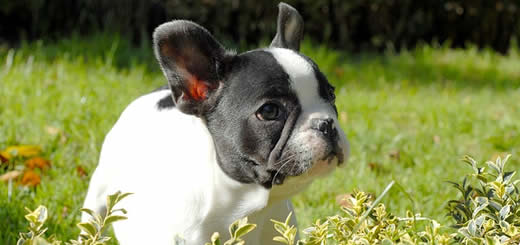The Anglerfish always seems to look very angry!
It probably has every right, as this deep sea fish is probably the ugliest creature in the world. There are more than 200 species of anglerfish, most of which live up to a mile below the surface of the Atlantic and Antarctic oceans, although some live in shallow, tropical environments. Generally dark gray to dark brown in color, they have huge heads with enormous crescent-shaped mouths filled with sharp teeth. Anglerfish can be quite large, reaching 3 – 4 feet in length, but most are significantly smaller, often less than a foot.
Their most interesting feature, which only the females have, is a piece of flesh that hangs over their mouths like a fishing pole. It is tipped with a bit of flesh that glows and attracts prey close enough to be snatched much like a lure and fishing rod. Their mouths are gigantic in comparison to their bodies, and the body is very soft and pliable so they can swallow a fish that is more than two times their own size.
The anglerfish has an extremely unusual method of reproduction. The male angler is much smaller than the female and completely different in appearance. It is about the size of a small finger and black in color. When a male angler matures, its digestive system degenerates, making it impossible for it to feed on its own. It must now find a female or die of starvation. The male angler has small hook teeth, which it uses to attach itself to the female. Once he bites into her skin, he releases an enzyme that dissolves the skin of his mouth and that of her body. The two become fused together and their blood vessels join as one. The male spends the rest of its life joined to the female like a parasite, getting all of his nourishment from her body. A female can carry up to six males on her body at a time.
The female lays her eggs in a thin sheet two or three feet (about one meter) wide and about 30 feet (9 meters) long. This thin sheet of eggs floats free in the sea until the eggs hatch into tiny larvae. Once hatched, the larvae swim to the surface and feed on plankton. As they mature, they return to the depths below.

